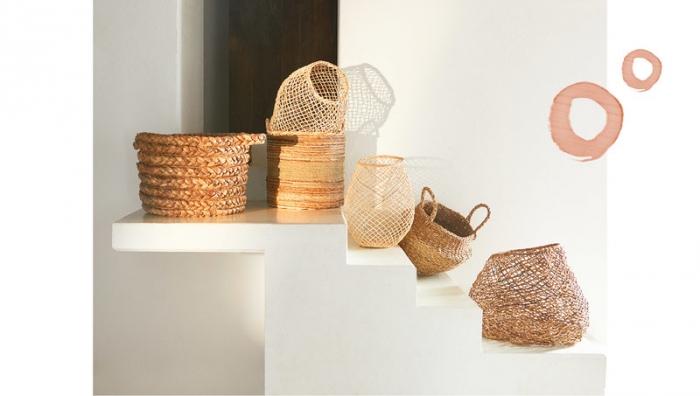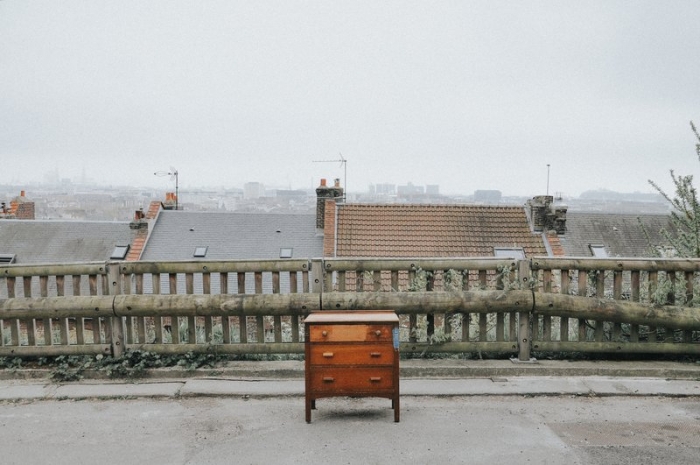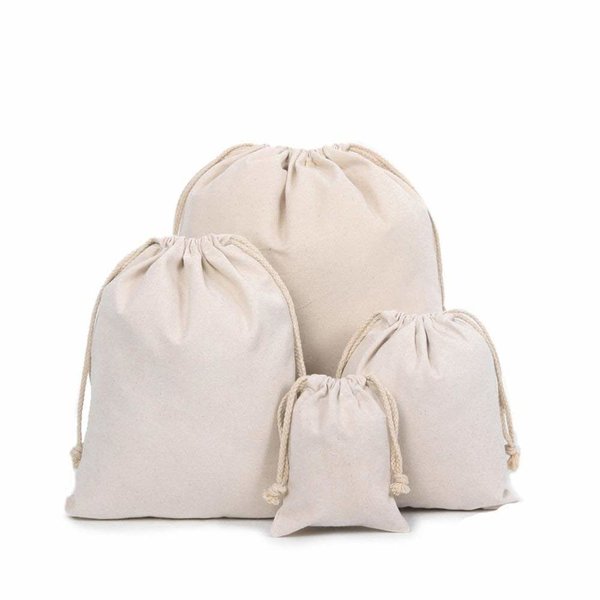These Off-Season Storage Tips Will Make Your Life A Lot Easier
Happy Spring Equinox, folks! With the seasons having officially changed, there’s no better time to create space in one’s closet for that which is lighter and brighter. Although our finicky Irish weather may dictate much of what we wear (hello, April, May and June showers!), there’s no pressing reason to keep a Polar Express down-quilted full-length hooded coat or three pairs of snow boots to hand. Although…
All joking aside, once the mercury starts to rise, finding a place to store your off-season goodies that is neither too hot nor too cold, too dusty nor too damp is the perennial question. Shopping channel vacuum pack storage bags may seem like a boon for the space-deprived (or the lazy) but shrink-wrapping your favourite threads come at a hefty price, namely damage. If you plan on maintaining the happiness of your closet year on year, getting familiar with storage etiquette is key. As for entertaining an attic or a basement for storing anything sentimental or expensive is simply asking for it. Here’s why.
LOCATION, LOCATION, LOCATION
Attics are hard to seal, sensitive to temperature fluctuations and a happy hunting ground for dust, mites and insects (silverfish, carpet beetles, moths) that would love nothing more than to nibble at your favourite Norse sweater or silk shirtdress. Natural fibres are their weakness. Basements, garages, garden sheds – anything that attracts damp is also a potential disaster. Basically, unless you have a small closet or a cool, dry storage area in your living quarters that can be used (strictly!) for off-season and sentimental pieces, the best bet is to depend on furnishings that can do double duty like vintage suitcases and decorative trunks or take the Swedish space-saving approach and decorate unused shelves with storage baskets, crates or wicker boxes.
KEEP IT CLEAN
Wash EVERYTHING before storing it away even. EVERYTHING. Why? Imperceptible oil stains (fingers, moisturiser) can oxidise and leave permanent marks. Worse still, insects (especially the female adult moth) are attracted to food and perspiration stains; not to mention starch and fabric softener.
A WORD ABOUT WOOD
Wood has been receiving possibly a bit too much glory time in hanger circles. Cedar, the kingpin of wooden hangers, is often touted as a natural moth repellent but cedar itself does not kill insects. It’s the aroma of the oils in the wood that’s highly irritating to insects and makes them less likely to stay in that vicinity for a prolonged period of time. First, in order for cedar to be aromatic, it has to be unfinished. Sanding the wood will help bring up the aroma; as will applying a coat of cedar oil but that still doesn’t solve the bigger issue. Wood is highly acidic and releases acid with age. When acids get physical with your garments, it does so with some iffy consequences- namely by causing them to yellow and deteriorate. Handy hack? Line the inside of any chest of drawers or shelves with chemically inert barrier sheet such as polyester felt or pH-neutral tissue.
COVER IT UP
O.K. So we know that clothes should be stored somewhere cool and dry and an acid-free environment which means using:
- a cotton-canvas bag if hanging,
- a cloth- or acid-free archival box if folding,
and never using:
- nylon or vinyl garment bags,
- vacuum-pack storage bags,
- plastic boxes and plastic bags including those from the dry cleaner,
- cotton or canvas zip-up suit bags with clear plastic fronts,
- anything cedar
and never storing
- in an attic
- in a basement
- anywhere dusty.
Start with heavy items first like coats and jackets. Button up, remove any random items from pockets, fold and stack loosely to encourage air flow and discourage mildew. Try and keep like with like where possible (jeans with jeans, sweaters with sweaters) and don’t be tempted to roll and shove thinner tops down the sides of boxes. This will only make your clothes look like they’ve spent a season on the Underground at rush hour – creased, damp and slightly malodorous.
Delicate fabrics like silk, organza, tulle and cashmere need to be wrapped in acid-free tissue paper and placed in a cotton-canvas bag. Speaking of which, anything fur has its own celebrity rider – ideally, its own climate-controlled space at 45-50 degrees Fahrenheit and approximately 50 per cent humidity. Living in a hot climate? Don’t risk it. Get grandma’s mink stored in a professional vault. Finally, any shoes or boots should be wiped down, packed with tissue paper to maintain their shape and stored in their dust bags. Finally, don’t forget to throw in some lavender or rosemary sachets to keep any winged visitors away.








